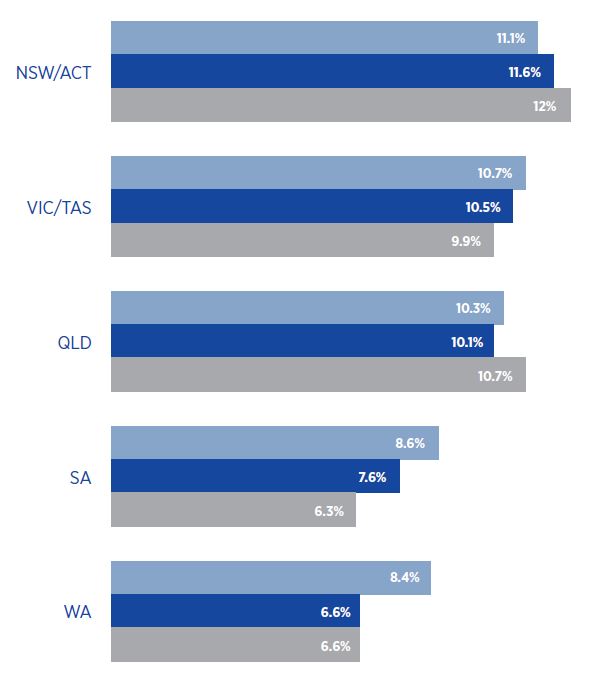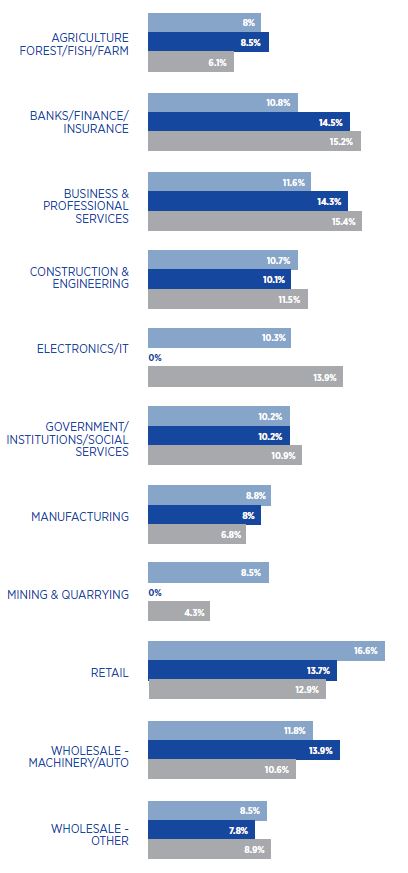Staff Retention in Focus - NSS October Update
National Salary Survey (NSS) purchasers received their latest update in October with AIM’s research team honing in on staff retention trends across Australia. The release of AIM’s Staff Retention Report, as part of the NSS October update, showed small & medium sized businesses recording the highest resignation rates.
These statistics, vital for those businesses looking to attract and retain their top talent, are made even more important as Australia tussles with subdued economic conditions and a tight labour market.
The report identifies the top three drivers for resignations in 2016 included employees seeking new work challenges, limited opportunities for career advancement and insufficient financial rewards. The report also offers an insight into what workplace factors will attract and retain millennials (a growing proportion of the workforce), and identifies a list of strategies that can be adopted to reduce resignation rates.
Market trends from the report also include:
• Over 50% of companies surveyed are more worried about staff retention than last year
• Resignation rates and turnover rates show a downward trend over five years
• Resignation rates have increased in New South Wales and decreased in South Australia
• Service industries show the highest resignation rates. Manufacturing and primary industries show the lowest
• Non-profit companies recorded the highest resignation rate overall in 2016
The NSS allows you to benchmark your retention policies and salaries against Australia’s longest running salary data. Corporate Members can upgrade their package to include the NSS platform. Feel free to enquire by calling 1300 362 631 or email aimsurveys@aim.com.au
Average resignation rate by state, 2014 - 2016


Average resignation rate by industry, 2014 - 2016

About the AIM Staff Retention Report
The AIM Staff Retention Report is based on a snapshot of responses received from a total of 253 organisations across Australia as at June 2016, derived from AIM's National Salary Survey. Where appropriate, analysis has also been drawn from secondary research sources (with relevant acknowledgements provided). This report explores the effectiveness of various retention strategies based primarily on the average (annual) resignation rate among the organisations that employ them.
